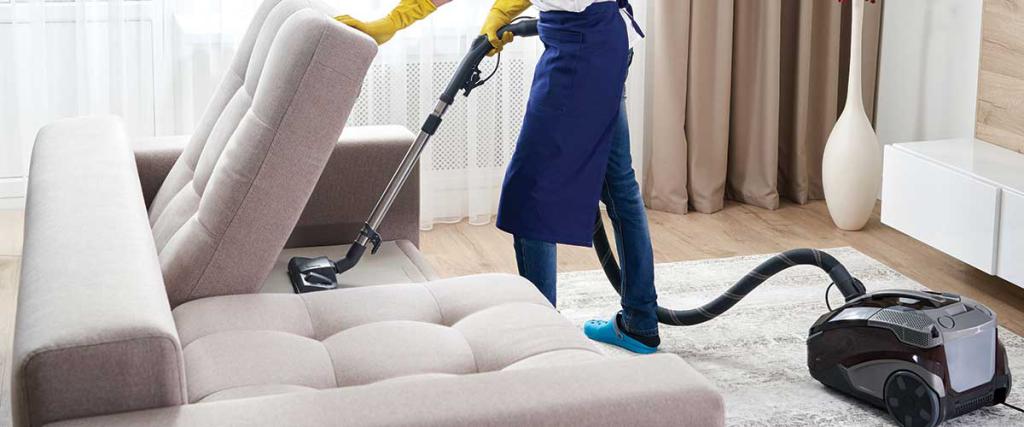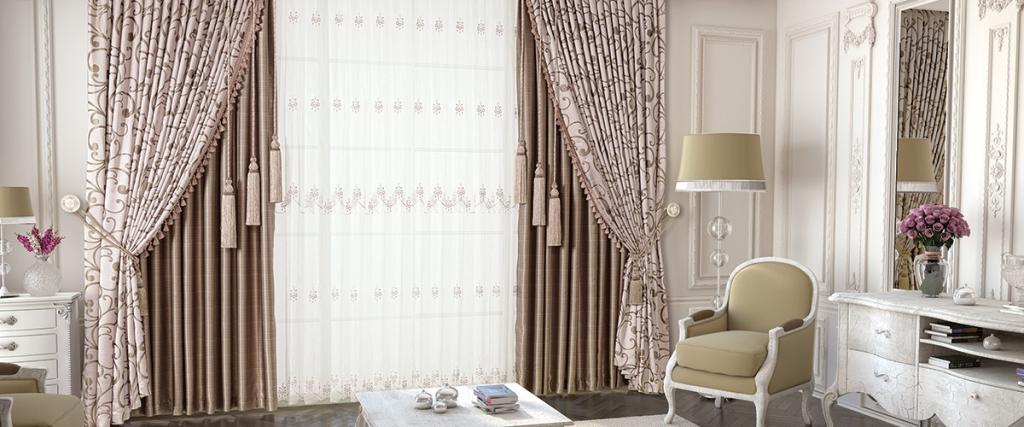
Based on our years of experience working with beautiful fabrics, we have put together some information about cleaning. Our advice is given in good faith and should not be considered as guarantee. If in any doubt, alwaysconsult a professional cleaning company.
Spot cleaning
Treat spills and stains as soon as possible. Gently scrape any soil or mop any liquid from the surface of the fabric. Use of soap or detergent with water should be approached with caution since overzealous rinsing to remove soap residue may result in over-wetting, water marking and possible wetting of substructure (this may create other stains or damage products).
For non-oil-based stains use warm water and non-toilet soaps which do not contain optical brighteners (consider Velvet soap, Lux Flakes, Softly). Mix a small amount of soap and warm water solution and apply to the stain, rubbing gently. Blot dry with a clean towel. Apply cool water (preferably filtered or distilled water) and blot dry again. Then with a hair dryer, working out from the centre of the stain, dry quickly to prevent rings forming. It is generally preferable to clean whole panels of fabric in this way rather than trying to spot clean specific areas.
For oil-based stains following the same basic guidelines as above, apply a proprietary brand solvent based cleaner and try to clean generally in panels rather than spot cleaning specific areas. A helpful industry ‘secret’ for spot removal of oil-based biro marks is by the application of conventional hair spray.
Professional cleaning frequency
Is determined by the furniture use, your own maintenance, upkeep and environmental conditions. As a good 'rule of thumb' overall cleaning is recommended every 12 months for most family uses.
Velvet curtain care
Curtaining velvet needs care in handling and use. Window fittings coming in contact with the curtain should be avoided. Stiff brushing or strong vacuum cleaning on the reverse side of velvet can also pull at the pile. Other methods of drawing without handling the curtain itself are recommended, as grasping, particularly with fingernails, can cause crushing and other damage. Velvet curtains should be dry cleaned.
Warning
Extreme caution should be taken if considering treatment of velvets with stain repellent products. Some high pile velvet may change in surface character if stain repellent treatments are incorrectly applied. Extra care should be taken.Estetica recommend that water-based 'Fluro chemical' type fabric protectors be applied by licensed applicators only. Check your care label first to see if a mill-applied protection was incorporated during fabric manufacture. It is not necessary to apply an after-market protector over mill applied protectors on new fabrics.





